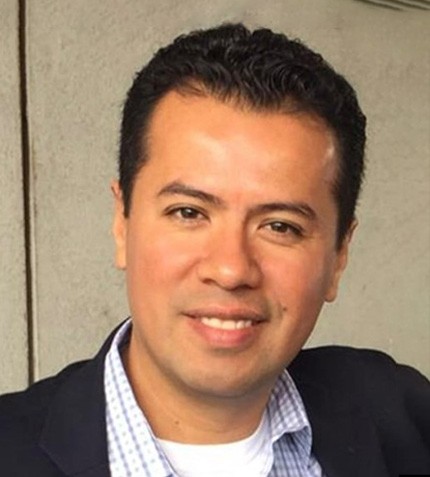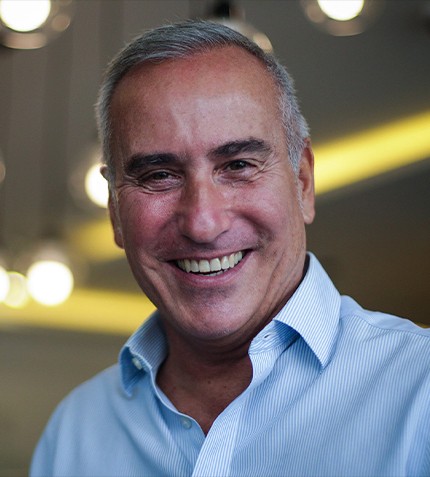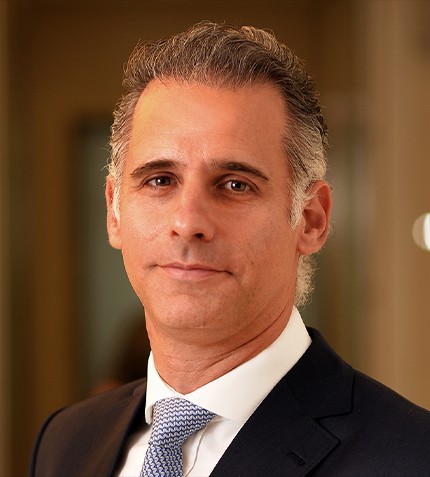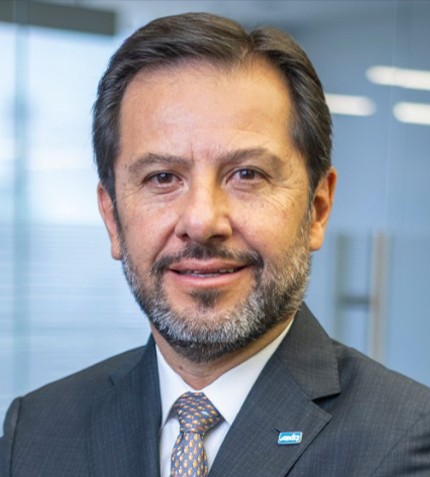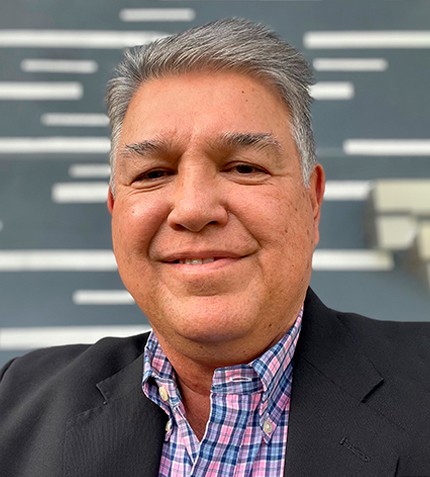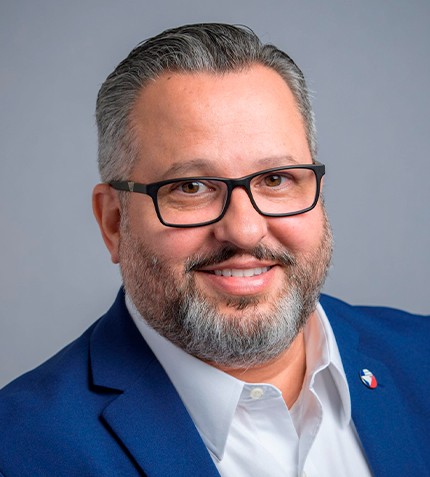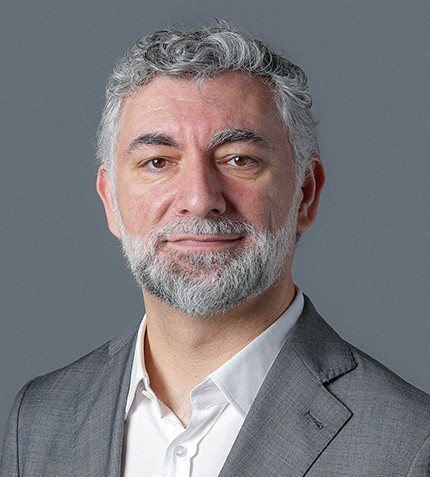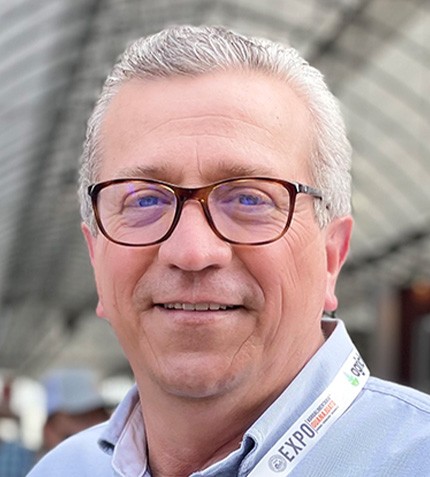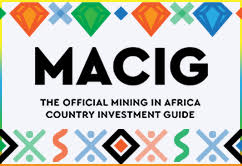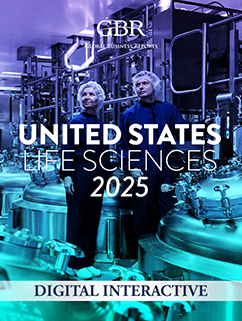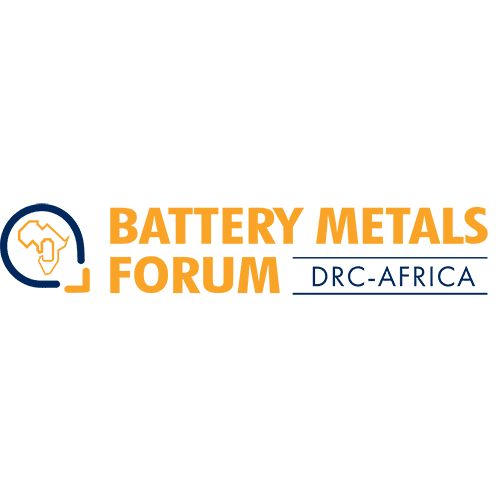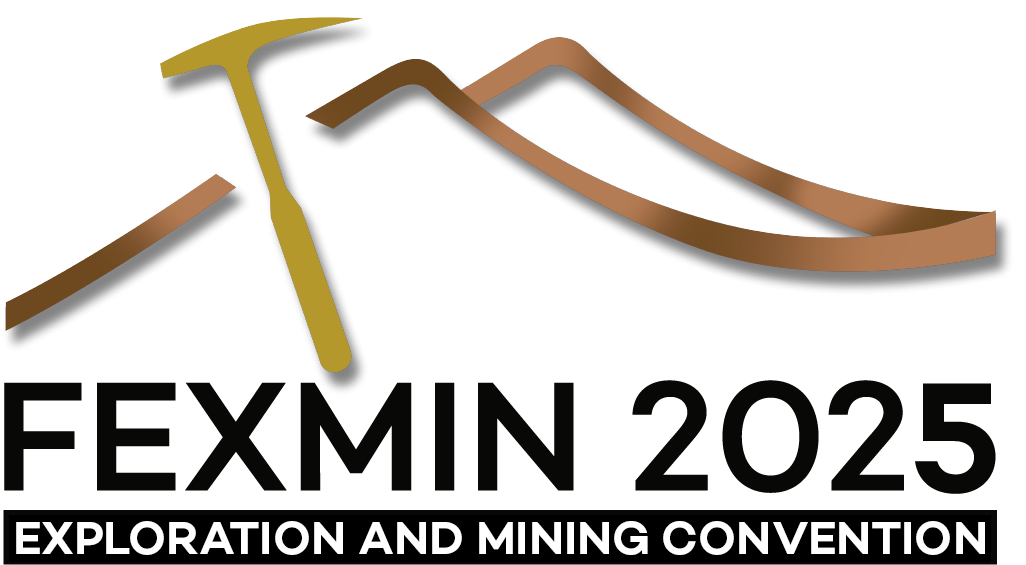FILTER
FILTERED INTERVIEW RESULTS
Miguel Valdivia
COMMERCIAL DIRECTOR, TRADE CHEMICALS & PRODUCTS
"Mexico is full of opportunities—there are always new factories and new clients."
Javier Constante
PRESIDENT, DOW LATIN AMERICA
"Our LatAm portfolio reflects Dow’s global capabilities, with more than 50% focused on specialty plastics for the packaging industry."
Mauricio Russomanno
CEO, UNIPAR
"By changing our energy matrix, we are also going to be reducing our energy carbon footprint by almost 10%, not to mention we will realize important savings in terms of our energy costs."
Flor de María González
GENERAL MANAGER, ANAFAPYT
"We will continue supporting sustainable raw materials production and the development of new alternatives."
Alfredo Ison
PRESIDENT, QUÍMICA DELTA
"In the past, we diversified into the fuel market with a company called Exxia. Today, we have the new specialties company, Ion."
Miguel Benedetto
MANAGING DIRECTOR, NATIONAL CHEMICAL INDUSTRY ASSOCIATION (ANIQ)
"From the perspective of the chemical industry, the macroeconomic position of the country is very strong. We continue to grow the levels of investment."
Marco Salcedo
DIRECTOR, AMVAC
"2023 has been a tough year for several industries, including the agrochemical industry in Mexico."
John Moseley
CHIEF COMMERCIAL OFFICER, PORT OF HOUSTON
"Port Houston has stood out amongst US ports as the only major container port growing in export-loaded containers, attributed to strong exports of chemicals, PVC, polypropylene, and polyethylene resins."
Gianni Canneti
VICE PRESIDENT OF STRATEGY AND INNOVATION, YARA BRAZIL
"Since 2012, Yara has invested R$15 billion in Brazil, promoting domestic production of inputs and reducing dependence on imported fertilizers."
Luis Eduardo González Cepeda
PRESIDENT, MEXICAN UNION OF AGROCHEMICALS MANUFACTURERS AND FORMULATORS (UMFFAAC)
"Under the current government, there has been an unfortunate misrepresentation of the agrochemical industry, and they have tried to prohibit agrochemical products without a proper scientific basis."




